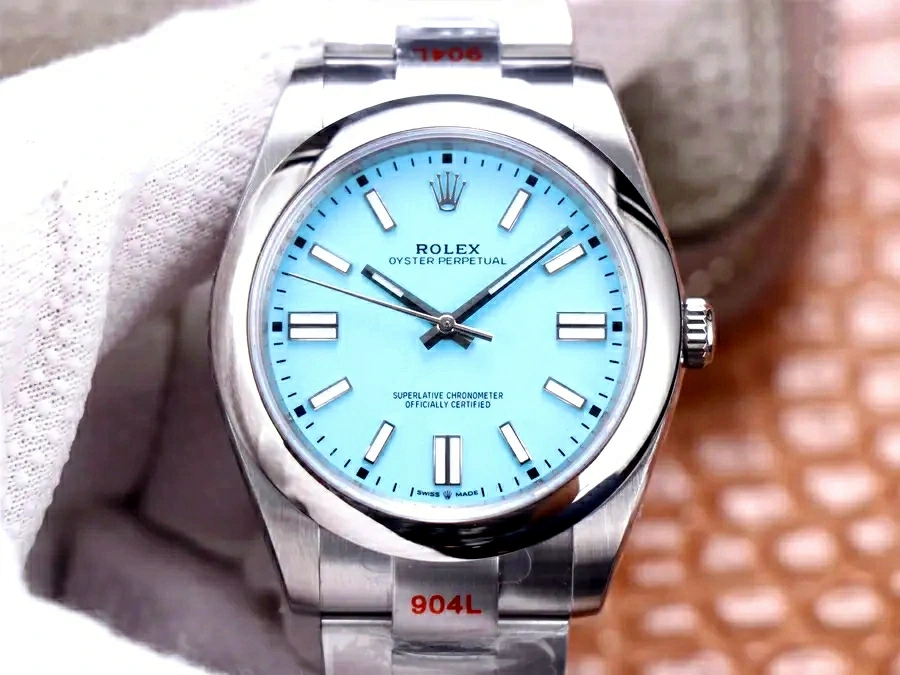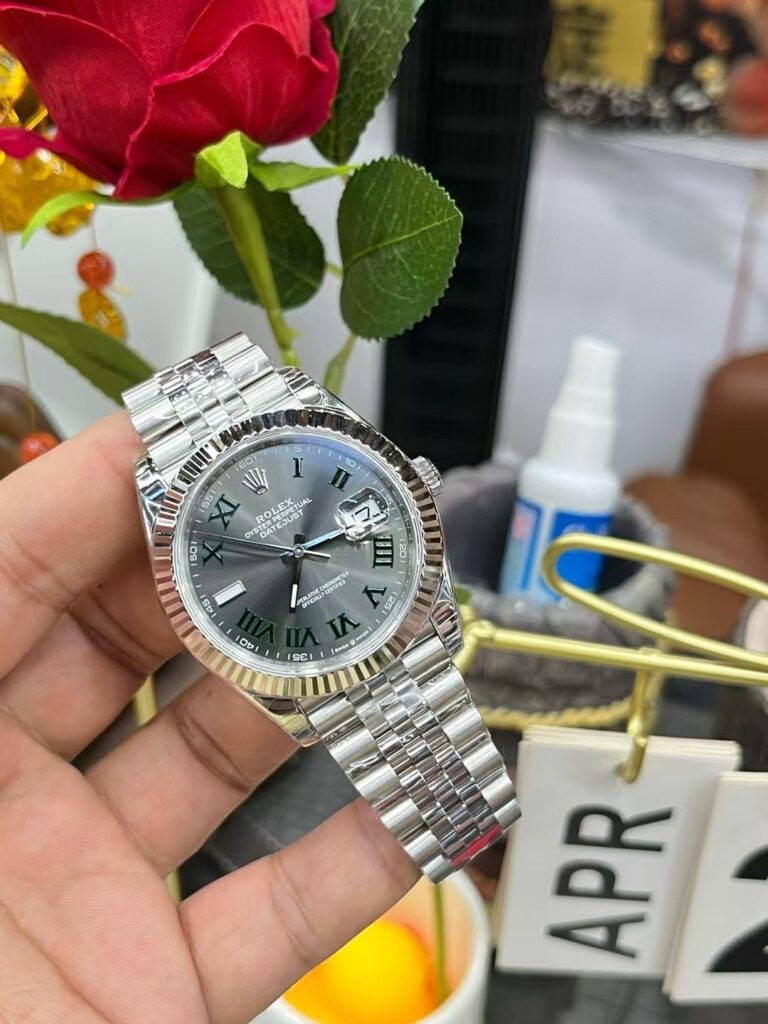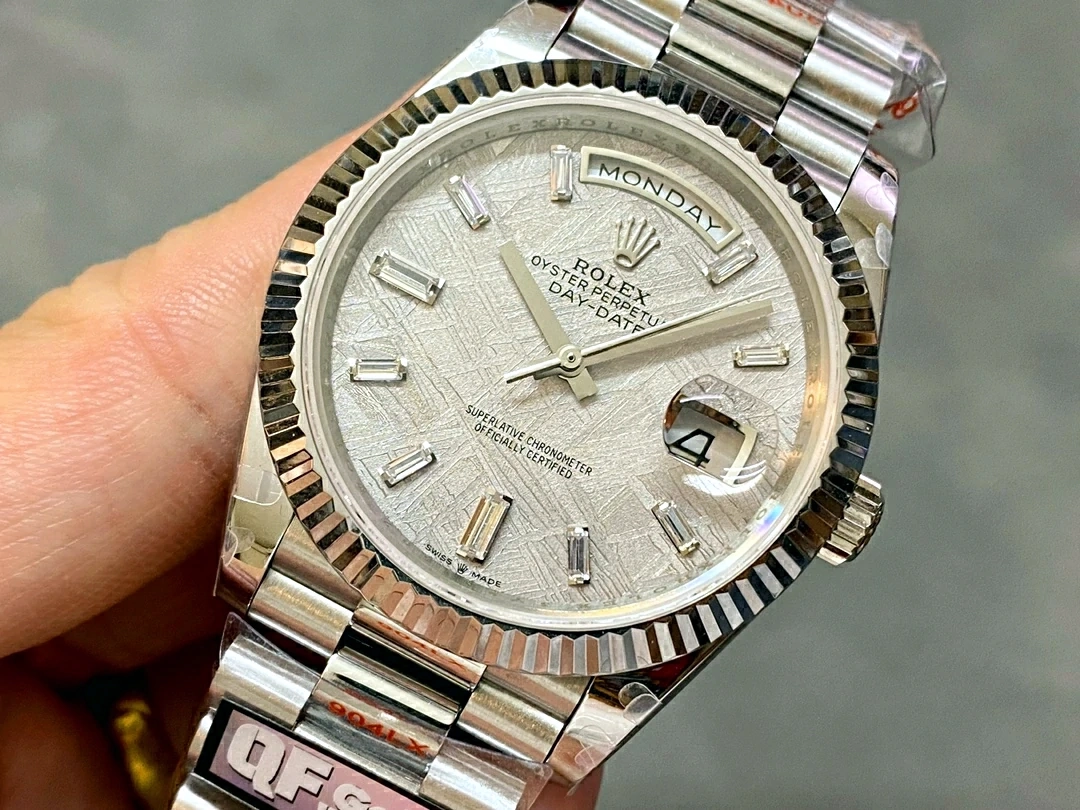he story of the Smiths Everest is a fascinating one, intertwining history, legacy, and the spirit of adventure. While most homage watches pay tribute to just one iconic watch, the Smiths Everest does something rare – it honors two. The first is the famous Rolex Explorer 1, which became legendary when Sir Edmund Hillary wore it during his historic ascent of Mount Everest in 1953. But what many don’t know is that Hillary was also wearing a second watch: a Smiths. Today, while the Rolex Explorer 1 is celebrated globally, the Smiths watch has largely been forgotten. This is understandable, given that Smiths, a once prominent British watchmaker, ceased operations in the mid-1970s. However, thanks to the revival of the Smiths brand by Timefactors, this piece of history is making a comeback.

The Smiths Everest is a reimagining of the Rolex Explorer 1, produced by Timefactors under the Smiths name. While the two watches share many similarities, there are subtle differences that set the Everest apart. Let’s take a closer look at how the Smiths Everest draws from its legendary inspiration while offering something unique.
A Tribute with Distinctive Touches
When it comes to size, the Smiths Everest and the modern Rolex Explorer 1 are almost identical, both measuring 36mm in diameter. However, the older versions of both models feature slight variations, with the Everest available in a 40mm size and the Explorer 1 in a 39mm version, depending on the reference you choose for comparison. Both replica watches are housed in stainless steel cases, ensuring robustness and the kind of weather-resistance you’d expect from a mountaineering watch. The case has a polished, wide bezel and curved, lightly brushed lugs, echoing the aesthetic of the Rolex Explorer. One of the standout features of the Everest is its exceptional replication of the Oyster-style case profile. If you were to scale up the Rolex Explorer 1 to the same size, the case profile would be virtually identical.
The screw-down crown at the 3 o’clock position is another key feature, boasting a knurled design that ensures easy operation. The case back is made of stainless steel and is plain, with only basic details – such as the water resistance, reference number, and the Smiths logo – engraved. In a way, this simplicity mirrors the Rolex Explorer 1, which similarly has a no-frills case back. Additionally, the screw-down back design ensures ease of maintenance. With a 100-meter water resistance, the Everest is suitable for swimming, adding practical versatility to its vintage-inspired design.
Acrylic Crystal and Movement
While the Smiths Everest borrows heavily from the Explorer 1, it does have some key differences. One of the most noticeable is the crystal. The Rolex Explorer 1 uses a scratch-resistant sapphire crystal, whereas the Everest opts for a domed acrylic crystal. This choice gives the Everest a more retro aesthetic, though it also distorts the dial slightly at the edges or at an angle, creating a unique visual effect that many collectors appreciate.
Internally, the Smiths Everest is powered by a Miyota 9015 automatic movement, a reliable and well-regarded movement with a frequency of 28,800Hz, 24 jewels, and an accuracy range of -10 to +30 seconds per day. It also features hand-winding, hacking seconds, and a date function, though the Everest does not have a date window. In comparison, the Rolex Explorer 1 features a proprietary Rolex movement, which is expected given its premium status. Still, the Miyota movement provides the Everest with solid performance at a more accessible price point.
Minimalism with Functionality
From a design perspective, the Smiths Everest’s dial closely resembles that of the Rolex Explorer 1, with both featuring a minimalist aesthetic. The dial is a flat, matte black with no subdials or extraneous complications – just pure functionality. The only decorative element is the Smiths logo at 12 o’clock, which sets it apart from its Rolex counterpart. The hour markers are straightforward, with fine hashes marking individual minutes on the outer index and larger lume indices at the 5-minute marks. At the 12 o’clock position, there’s a large triangle, while the 3, 6, and 9 o’clock positions are marked with Arabic numerals. The remaining hour markers are represented by bold lines.
The hour hand is short and broad, with a distinctive “peace sign” design at its center – a unique touch that mirrors the Explorer 1’s hour hand. The minute and second hands are similarly styled, with the minute hand being thin and elongated, while the second hand is needle-thin. Lume is applied generously to the hour and minute hands, ensuring legibility in low light conditions, while the second hand has a small lume ring midway down its length.

The Smiths Everest may not have the same name recognition as the Rolex Explorer 1, but it is an exceptional homage to a fake watch that helped define the spirit of exploration. By blending modern design elements with vintage inspiration, the Everest offers a unique take on the legendary Rolex, making it a worthy alternative for those who admire the Explorer 1 but are looking for something with a distinct personality.
Whether you’re a collector, a history enthusiast, or simply a fan of well-designed watches, the Smiths Everest offers a charming and affordable tribute to one of the most iconic watches in history. Its combination of vintage design, quality craftsmanship, and a rich historical connection to Everest makes it a standout in the world of homage watches.

